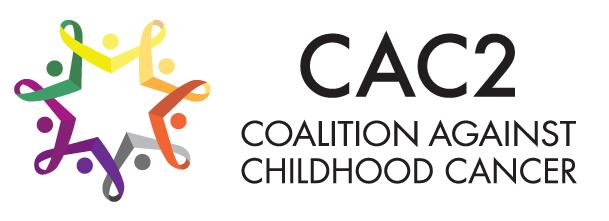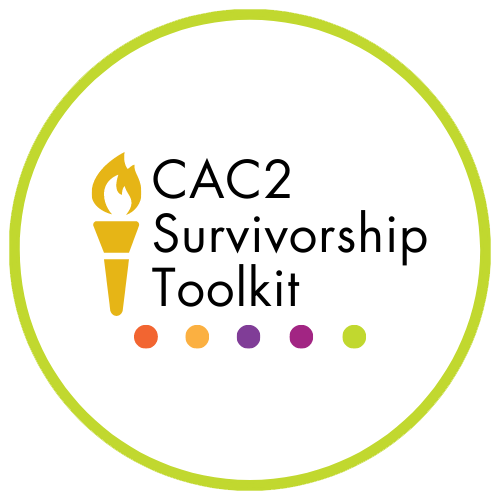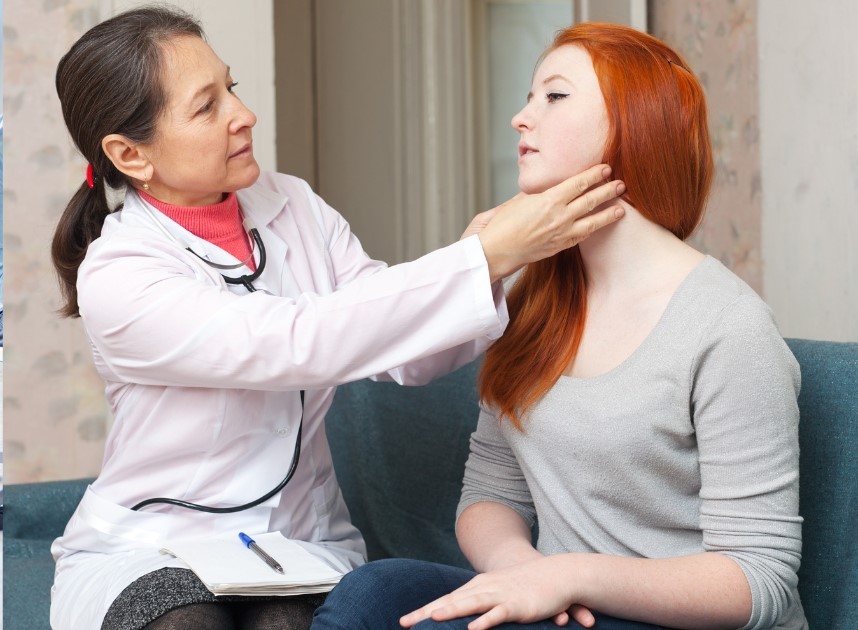Health insurance is essential to assure that survivors have access to health care services that support monitoring for, and management of, late effects. Unfortunately, survivors commonly report struggles with obtaining affordable insurance, being denied insurance, or having job lock due to a need to maintain insurance, as well as hardships related to lack of insurance, high deductibles, and co-pays that result in foregoing medical care. The CAC2 Survivorship Toolkit will provide survivors and their families with knowledge about laws that facilitate survivors’ access to care and resources to assure their access to medical services and medications.
The cancer experience forever changes the lives of survivors and their families, who must adjust to its physical, emotional, and social consequences. This burden may be considerable and underscores the critical need to support survivors at risk for, or living with, late effects of childhood cancer. Understanding personal cancer and treatment risks is critical to guiding decision-making related to participation in medical follow-up and healthy behaviors that can reduce chronic disease risk and preserve health. The CAC2 Survivorship Toolkit includes information and resources to manage physical and psychosocial late effects of childhood cancer that survivors commonly face.
Childhood cancer survivors necessarily undergo two health care transitions. Following a cancer diagnosis, pediatric oncology providers often assume primary care to facilitate interventions for the acute side effects of cancer and cancer treatment that may not be as familiar to primary care providers. At some point during the care continuum, the primary care provider will be re-integrated into care depending on the intensity and length of therapy, and the health status of the survivor. Models of care vary regionally with shared care between oncology and primary providers that involves ongoing communication and coordination of interventions promoted as ideal. Ultimately, all childhood cancer survivors will transition from pediatric-focused to adult-focused care facilities, with the expectation of having the capability to communicate details of their cancer history and navigate often complicated health care systems. The CAC2 Survivorship Toolkit will support survivors in these transition journeys to help them advocate for survivor-focused care that includes personalized health screening recommended for their specific cancer and treatment, management of late effects and other chronic health conditions, and assistance with meeting the psychosocial challenges of the cancer experience.
Adherence to a healthy lifestyle can reduce health risks and chronic disease associated with cancer treatment. Yet, similar to that of individuals who have not had cancer, survivors do not report adherence to recommended levels of physical activity or dietary practices that have been established to reduce risk of chronic disease. Some use tobacco products that can increase risk of heart and lung disease and many types of cancer. Regular check-ups are also important to facilitate early detection of late effects of cancer and opportunities to prevent and treat these conditions. But rates of participation in long-term follow-up are suboptimal, especially considering the burden of chronic health problems experienced by survivors. The CAC2 Survivorship Toolkit will provide survivors and their families with information and resources to support healthy behavior practice and promote wellness across the lifespan.
In summary, survival after diagnosis and treatment of a pediatric cancer is associated with risks for a spectrum of physical and psychosocial late effects. Survivor-focused care after completion of therapy provides opportunities to monitor and intervene for late effects that can preserve health and positively affect quality of life. The CAC2 Survivorship Toolkit offers information and resources related to common pediatric survivorship challenges to support survivors, their families, health care providers, and others who engage with survivors, with the ultimate goal of achieving the best quality of survival after cancer.




